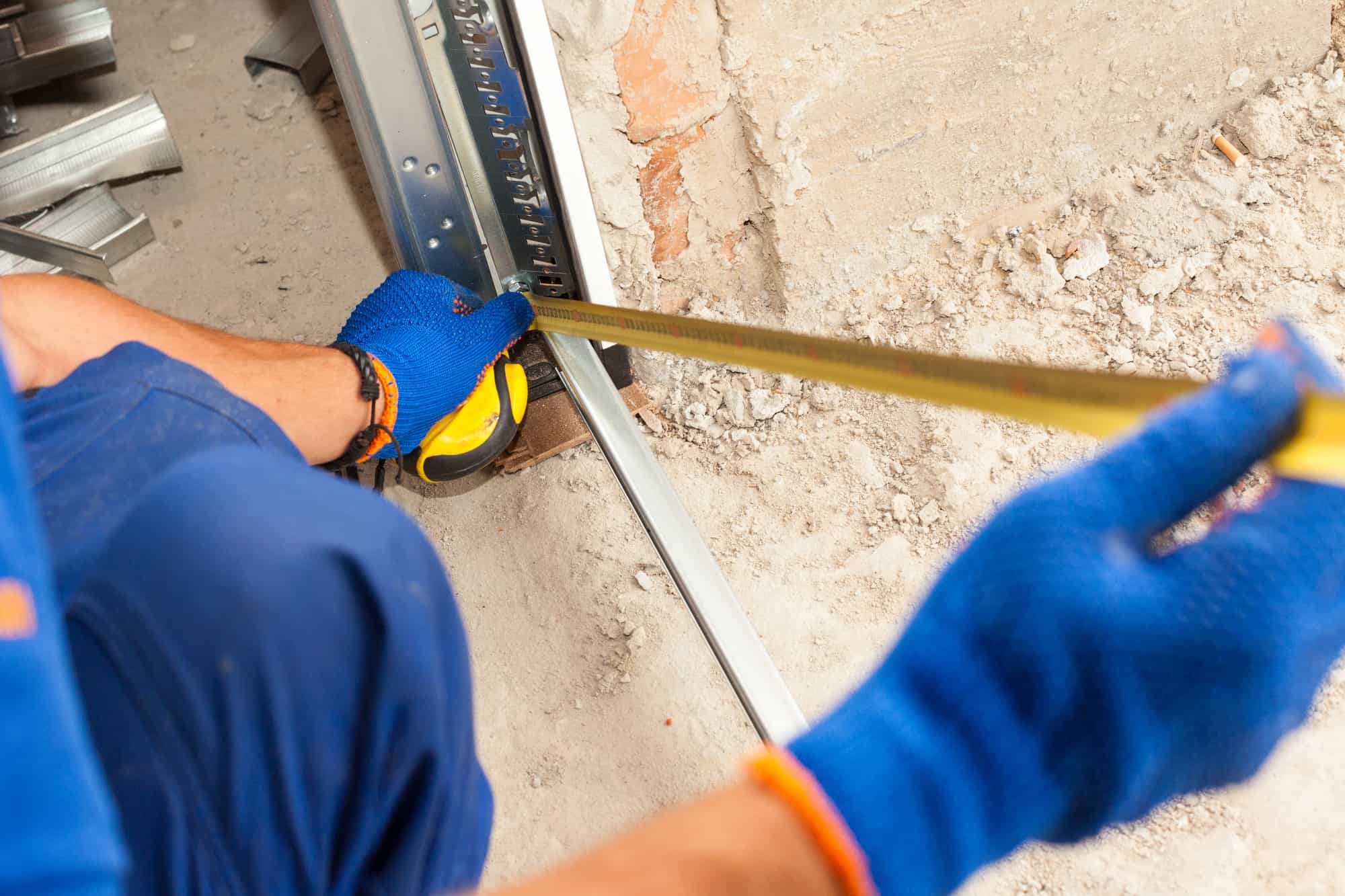

Articles
How To Measure For Garage Door
Modified: January 7, 2024
Learn how to measure for a garage door with our informative articles. Ensure a perfect fit for your new door.
(Many of the links in this article redirect to a specific reviewed product. Your purchase of these products through affiliate links helps to generate commission for Storables.com, at no extra cost. Learn more)
Introduction
When it comes to installing a new garage door or replacing an old one, accurate measurements are crucial. Proper measurements ensure that you get a door that fits perfectly and functions smoothly. Whether you are a homeowner embarking on a DIY project or a professional installer, knowing how to measure for a garage door is essential.
In this article, we will guide you through the step-by-step process of measuring for a garage door. We will cover everything from measuring the width and height of the opening to determining the headroom and sideroom requirements. By following these instructions, you will be well-equipped to accurately measure for a garage door and make the right purchasing decisions.
In order to measure for a garage door, you will need a few basic tools. These include a tape measure, level, pencil, notepad, and a ladder or stepladder, depending on the height of the opening. Having these tools ready will ensure that you can measure efficiently and accurately.
Now, let us move on to the step-by-step process of measuring for a garage door. We will start by measuring the width of the opening.
Key Takeaways:
- Accurate measurements are crucial for a well-fitted and smoothly functioning garage door. Follow the step-by-step guide to ensure precise measurements and avoid costly mistakes during installation.
- Gathering the necessary tools and measuring the width, height, headroom, sideroom, track radius, track angle, and additional clearance requirements are essential steps in accurately measuring for a garage door. This ensures a successful installation and smooth operation of the door.
Read more: How To Remove A Garage Door
Step 1: Gather the necessary tools
Before you begin measuring for your garage door, it is important to gather the necessary tools. Having the right tools on hand will ensure that you can measure accurately and efficiently. Here are the tools you will need:
- Tape measure: This is a fundamental tool for measuring the dimensions of the garage door opening. Make sure it is long enough to measure the width, height, and other required measurements.
- Level: A level is necessary to ensure that the measurements are straight and level. This will help you avoid any uneven or crooked installations.
- Pencil: A pencil will allow you to mark your measurements directly on the garage door frame or wall. This way, you can easily refer back to your measurements as needed.
- Notepad: Keep a notepad and pen handy to jot down your measurements. This will help you stay organized and prevent any confusion later on.
- Ladder or stepladder: Depending on the height of your garage door opening, you may need a ladder or stepladder to reach the necessary areas for measurement. Ensure that the ladder is stable and safe to use.
By having these tools within reach, you can streamline the measuring process and avoid any delays or interruptions. Now that you have gathered your tools, it’s time to move on to the next step: measuring the width of the opening.
Step 2: Measure the width of the opening
Measuring the width of the garage door opening is an important step in ensuring a proper fit. Here is how you can accurately measure the width:
- Stand on a ladder or stepladder, if needed, to reach the top of the opening. Ensure your ladder is secure and stable before climbing up.
- Using your tape measure, measure the width of the opening from one side to the other. Start from the inside of the left side jamb to the inside of the right side jamb.
- Take note of the measurement in inches or centimeters, whichever unit you prefer. Write it down on your notepad.
- Repeat the measurement at several points along the width of the opening to confirm consistency. This is important in case the opening is not perfectly square.
- If you notice any discrepancies in the measurements, record the smallest width measurement. It is always better to have a slightly smaller garage door than one that is too wide.
When measuring the width, be sure to measure the actual opening and not the width of the existing door. This will give you the correct measurement for your new garage door.
It is also important to consider any obstructions or irregularities that may affect the width measurement. This includes things like door frames, latches, or any other objects that protrude into the opening.
By accurately measuring the width of the opening, you will have the necessary information to select a garage door that fits perfectly. Now, let’s move on to the next step: measuring the height of the opening.
Step 3: Measure the height of the opening
Measuring the height of the garage door opening is crucial to ensure a proper fit. Here’s how you can accurately measure the height:
- Stand on a ladder or stepladder, if needed, to reach the top of the opening. Make sure that the ladder is stable and secure before climbing up.
- Using your tape measure, measure the height of the opening from the floor to the underside of the header or ceiling.
- Take note of the measurement in inches or centimeters, whichever unit you prefer. Write it down on your notepad.
- Repeat the measurement at several points along the height of the opening to ensure consistency. This is important in case the opening is not perfectly level.
- If you notice any discrepancies in the measurements, record the smallest height measurement. It is always better to have a slightly shorter garage door than one that is too tall.
When measuring the height, be sure to measure the actual opening and not the height of the existing door. This will give you the correct measurement for your new garage door.
Take into account any irregularities or obstacles that may affect the height measurement. This can include things like sloping floors, ceiling obstructions, or low-hanging ductwork or lighting fixtures.
By accurately measuring the height of the opening, you will have the necessary information to select a garage door that fits perfectly. Now, let’s move on to the next step: measuring the headroom.
Step 4: Measure the headroom
Measuring the headroom is an important step in determining the amount of space available above the garage door to accommodate the tracks and hardware. Here’s how you can accurately measure the headroom:
- Stand inside the garage and measure the distance from the ceiling to the top of the opening. This will give you the headroom measurement.
- Take note of the measurement in inches or centimeters, whichever unit you prefer. Write it down on your notepad.
- Make sure to measure at the center of the garage door opening, as well as at the sides. This is important in case the ceiling is not level.
- Take note of any obstructions that may affect the headroom, such as light fixtures, pipes, or storage items hanging from the ceiling.
- Compare the headroom measurement with the requirements of the garage door you intend to install. Most garage doors typically require a certain amount of headroom for the tracks and hardware to fit properly.
It is essential to have sufficient headroom for the smooth operation of your garage door. Inadequate headroom may lead to operational issues or restrictions in the opening and closing of the door.
By accurately measuring the headroom, you will be able to determine if any modifications or adjustments are needed to accommodate the tracks and hardware of your chosen garage door. Now, let’s move on to the next step: measuring the sideroom.
When measuring for a garage door, always measure the width and height of the opening in three different places to ensure accuracy. Use the smallest measurement for a perfect fit.
Read more: How To Seal Garage Door
Step 5: Measure the sideroom
Measuring the sideroom is an important step in determining the amount of space available on the sides of the garage door opening. This is necessary to ensure that the tracks and hardware can be properly installed. Here’s how you can accurately measure the sideroom:
- Stand inside the garage and measure the distance from the edge of the opening to the nearest obstruction on each side. This includes walls, columns, or any other objects that may be present.
- Take note of the measurement in inches or centimeters, whichever unit you prefer. Write it down on your notepad.
- Make sure to measure at the top, middle, and bottom of the opening on each side, as the distance may vary.
- It is recommended to have at least 3 inches of sideroom on each side of the door for standard installations. However, check the specific requirements of your chosen garage door to ensure proper clearance.
Having sufficient sideroom is crucial for the proper functioning and installation of the garage door. Inadequate sideroom may restrict the movement of the door or cause interference with the tracks and hardware.
By accurately measuring the sideroom, you will be able to determine if any modifications or adjustments are required before installing your chosen garage door. Now, let’s move on to the next step: determining the track radius.
Step 6: Determine the track radius
Determining the track radius is an essential step in selecting the appropriate garage door and hardware. The track radius refers to the curvature of the track that guides the door as it opens and closes. Here’s how you can accurately determine the track radius:
- Examine the existing track if you are replacing an old door. Look for any markings or labels that indicate the track radius.
- If you are installing a new door or the track radius is not specified, you will need to measure it yourself. Start by standing on a ladder or stepladder to access the top of the track.
- Measure the distance from the center of the track to the edge of the opening. This will give you the track radius measurement.
- Take note of the measurement in inches or centimeters, whichever unit you prefer. Write it down on your notepad.
The track radius is crucial because it determines the proper functioning and alignment of the garage door. Different track radius measurements are required for different garage door specifications.
By accurately determining the track radius, you will be able to ensure that the new door and hardware are compatible and will operate smoothly. Now, let’s move on to the next step: measuring for track angle.
Step 7: Measure for track angle
Measuring for the track angle is an important step in ensuring that the garage door operates smoothly and securely. The track angle refers to the angle at which the tracks are installed to guide the door as it opens and closes. Here’s how you can accurately measure for the track angle:
- Stand inside the garage and locate the area where the track will be installed. This is usually along the sides of the opening.
- Using a level, place it against the vertical part of the track and adjust it until it is perfectly plumb.
- Once the level is plumb, use a protractor or an angle measuring tool to measure the angle between the track and the floor.
- Take note of the track angle measurement. Write it down on your notepad.
It is crucial to accurately measure the track angle as it ensures that the door operates smoothly and aligns correctly with the tracks. The track angle may vary depending on the specific door and track configuration.
By measuring for the track angle, you will be able to ensure that the new door and track installation is compatible and will function properly. Now, let’s move on to the final step: measuring for additional clearance requirements.
Step 8: Measure for additional clearance requirements
When measuring for a garage door, it is important to consider any additional clearance requirements that may be necessary for the proper operation of the door. These clearance requirements can vary depending on the type of garage door and the specific installation. Here’s how you can measure for additional clearance requirements:
- Consult the manufacturer’s guidelines or specifications for the specific garage door model you plan to install. They will typically provide recommendations for the required clearances.
- Measure the distance between the top of the opening and any obstructions such as light fixtures, pipes, or storage items hanging from the ceiling.
- Measure the distance between the sides of the opening and any obstructions such as walls, columns, or objects that protrude into the opening.
- Take note of these clearance measurements and compare them to the manufacturer’s recommendations to ensure that there is adequate space for the door to function properly.
Having the appropriate additional clearance ensures that the garage door can operate smoothly and without interference. Inadequate clearance can lead to issues with the door’s movement or clearance between the door and any obstructions.
By measuring for additional clearance requirements and following the manufacturer’s guidelines, you can ensure that the new garage door installation meets all necessary clearance specifications. This will help to ensure the door’s smooth operation and prevent any potential issues down the line.
With these measurements and considerations in mind, you are now well-equipped to accurately measure for a garage door. By following these steps and taking precise measurements, you can confidently select a garage door that fits perfectly and operates smoothly. It is always recommended to double-check your measurements and consult with professionals if you have any doubts or specific installation requirements.
I hope this guide has been helpful in guiding you through the process of measuring for a garage door. Good luck with your installation or replacement project!
Read more: How To Adjust A Garage Door
Conclusion
Accurately measuring for a garage door is a crucial step in ensuring a proper fit and functionality. By following the step-by-step process outlined in this guide, you can confidently measure for a new garage door or replacement. Let’s recap the steps:
- Gather the necessary tools
- Measure the width of the opening
- Measure the height of the opening
- Measure the headroom
- Measure the sideroom
- Determine the track radius
- Measure for track angle
- Measure for additional clearance requirements
Each of these steps provides valuable information that will help you select the right garage door and ensure a successful installation. Taking accurate measurements is of utmost importance to avoid costly mistakes and ensure the smooth operation of your garage door.
Remember to consult the manufacturer’s guidelines and recommendations for your specific garage door model, as well as any local building codes and regulations. It is always a good idea to consult with professionals if you have any doubts or specific installation requirements.
By measuring carefully and taking into account all the necessary factors, you can confidently select a garage door that fits perfectly and enhances the aesthetics and functionality of your home. A properly measured and installed garage door not only adds value to your property but also provides security and convenience.
We hope this guide has provided you with the necessary information and insights to measure for a garage door effectively. Now, it’s time to put your measurements to use and start enjoying your new or improved garage door.
Frequently Asked Questions about How To Measure For Garage Door
Was this page helpful?
At Storables.com, we guarantee accurate and reliable information. Our content, validated by Expert Board Contributors, is crafted following stringent Editorial Policies. We're committed to providing you with well-researched, expert-backed insights for all your informational needs.
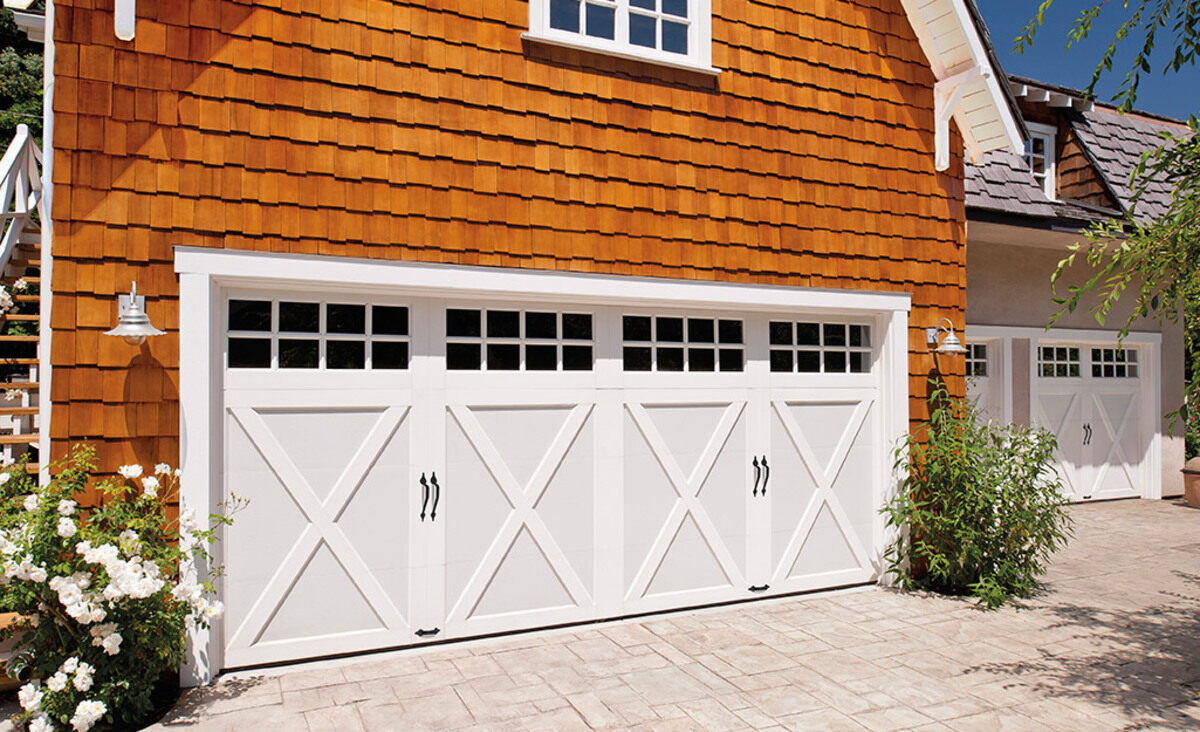
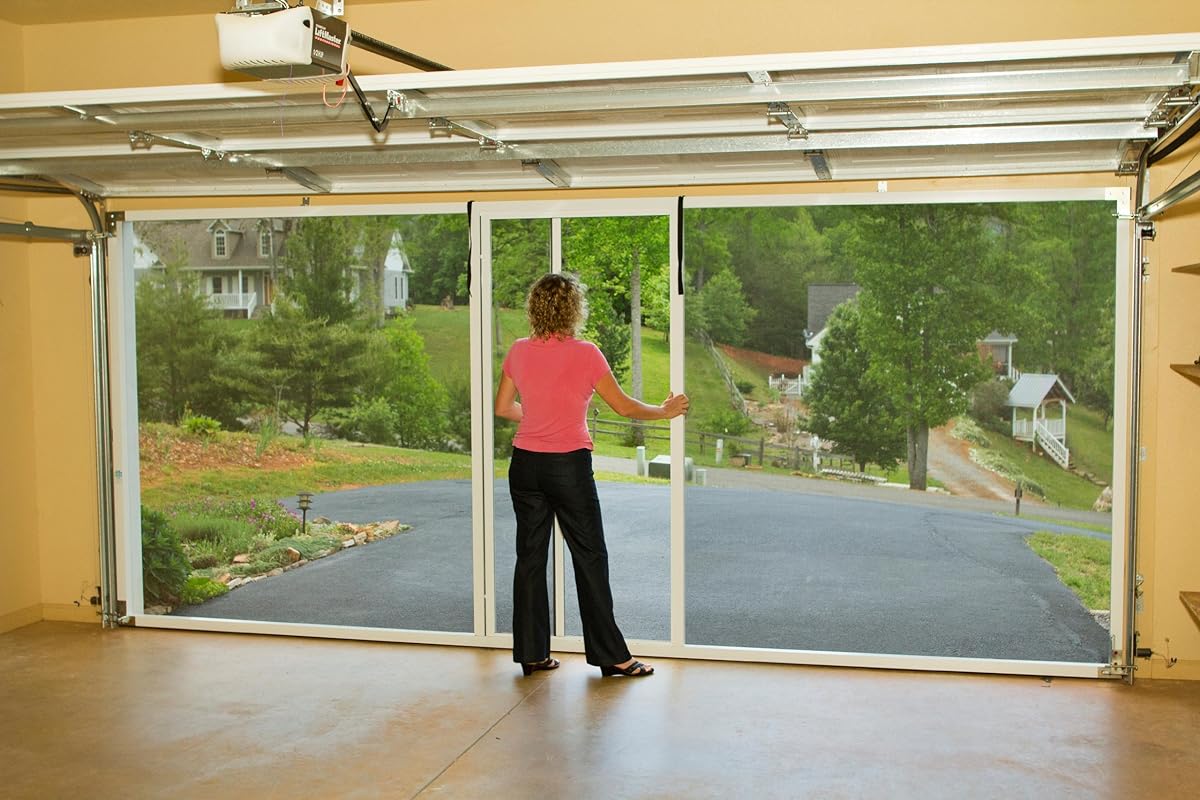
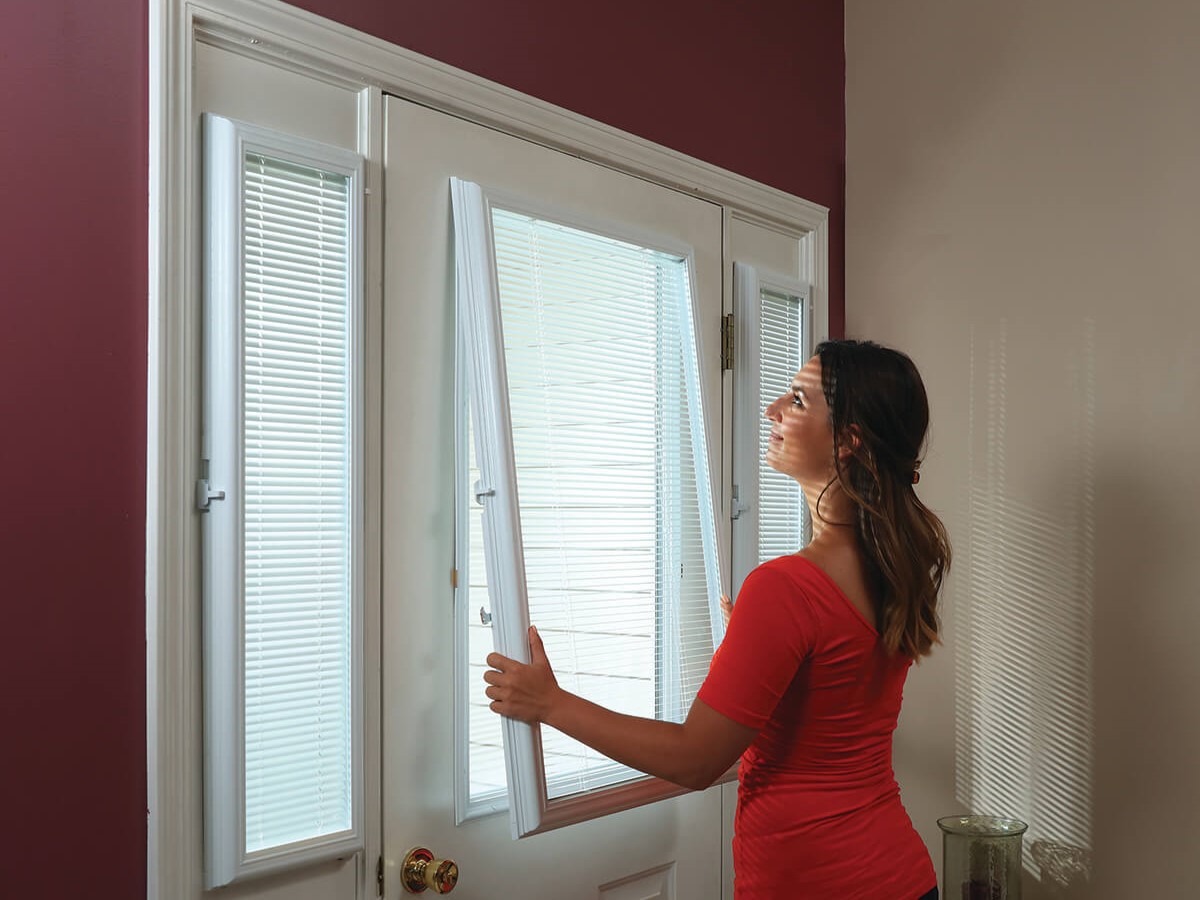
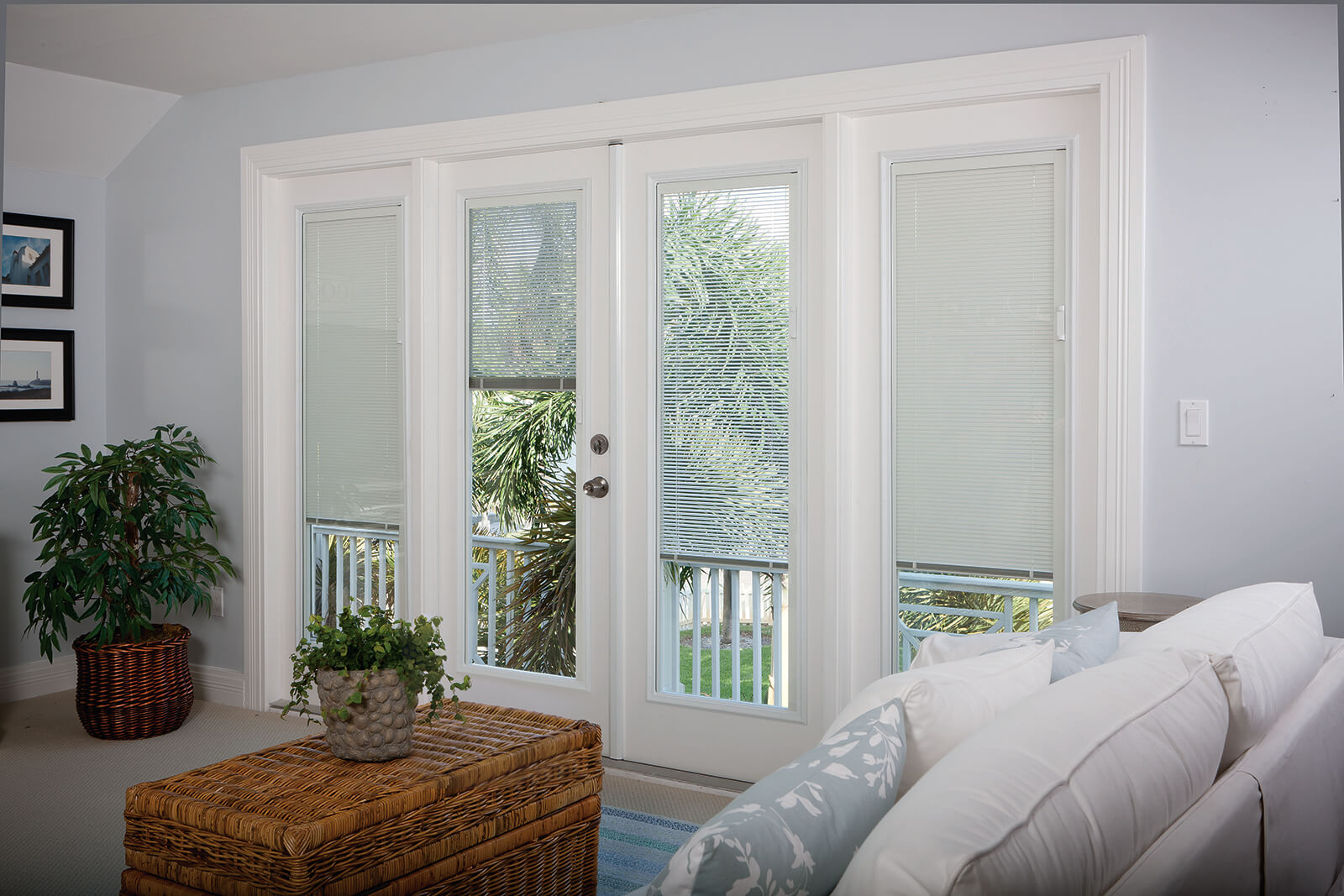

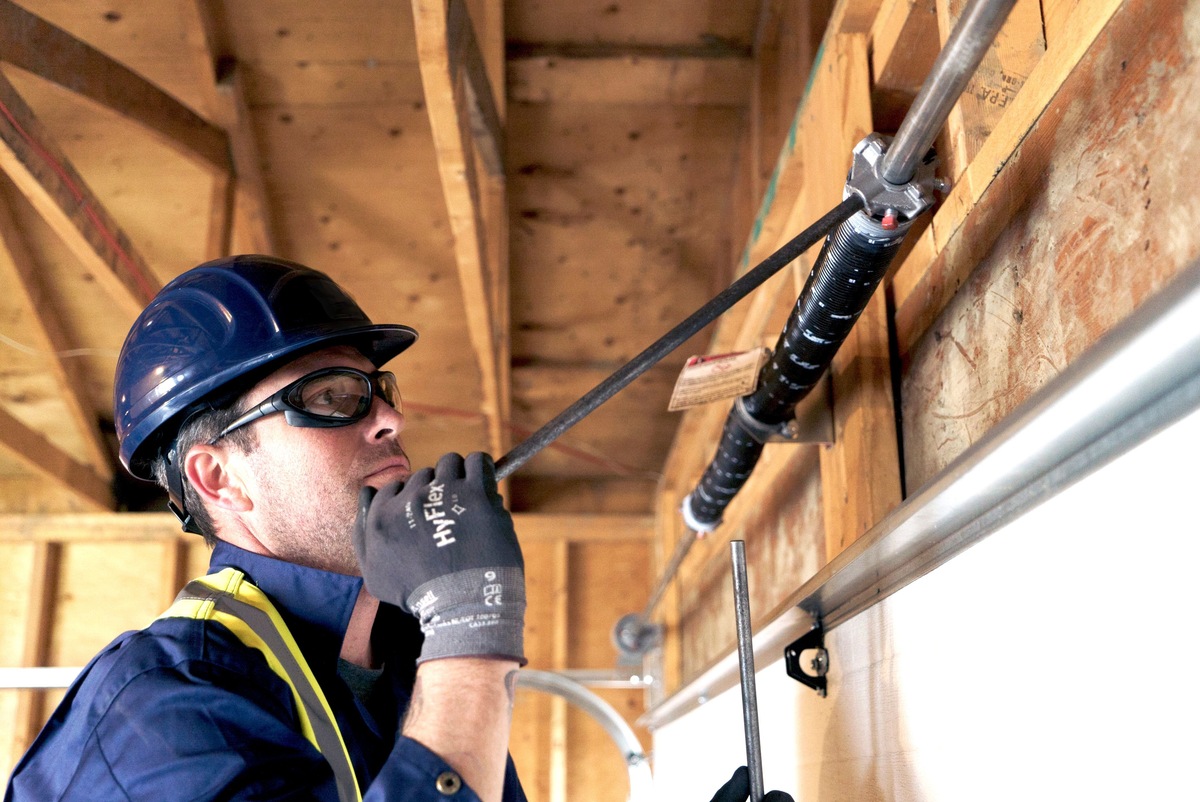
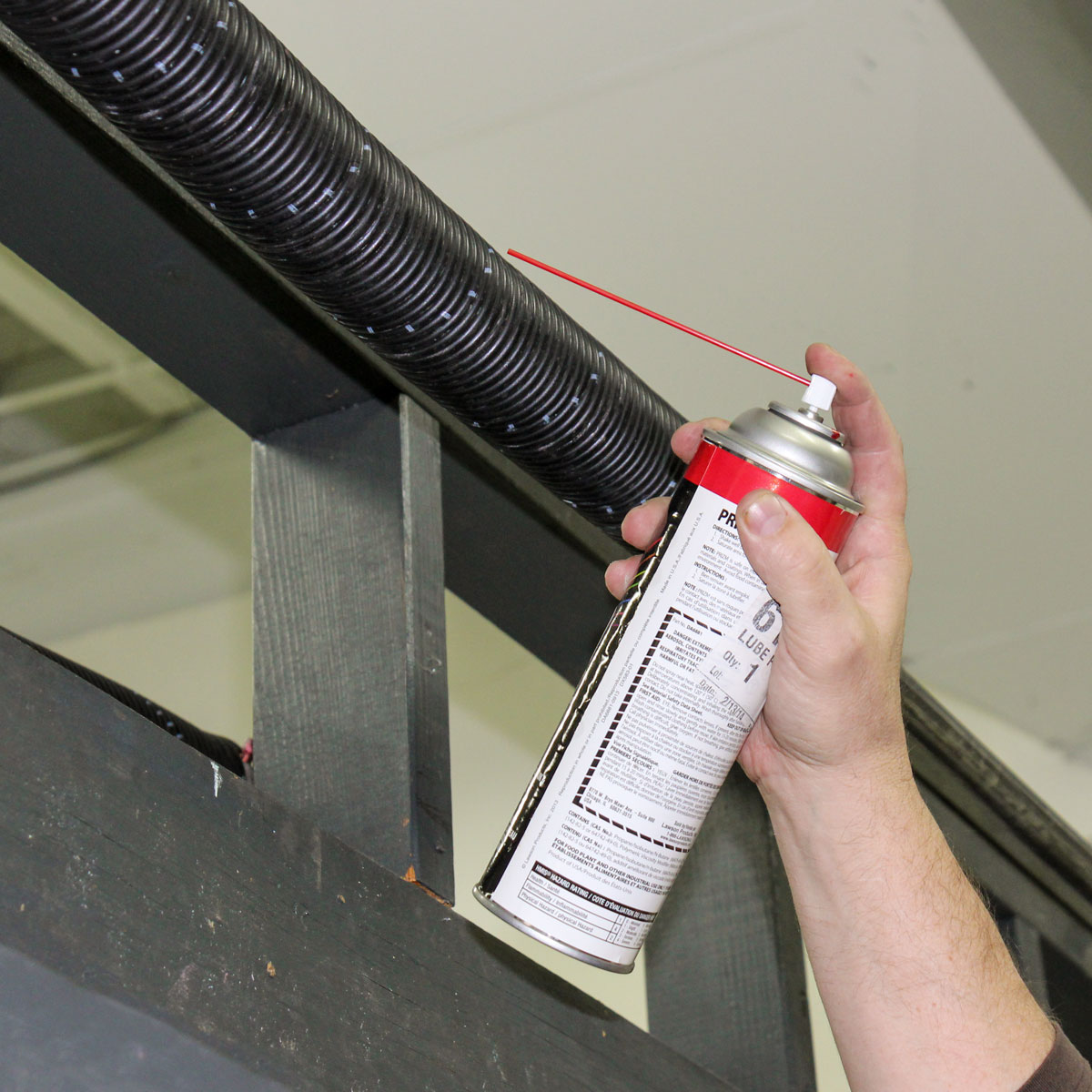
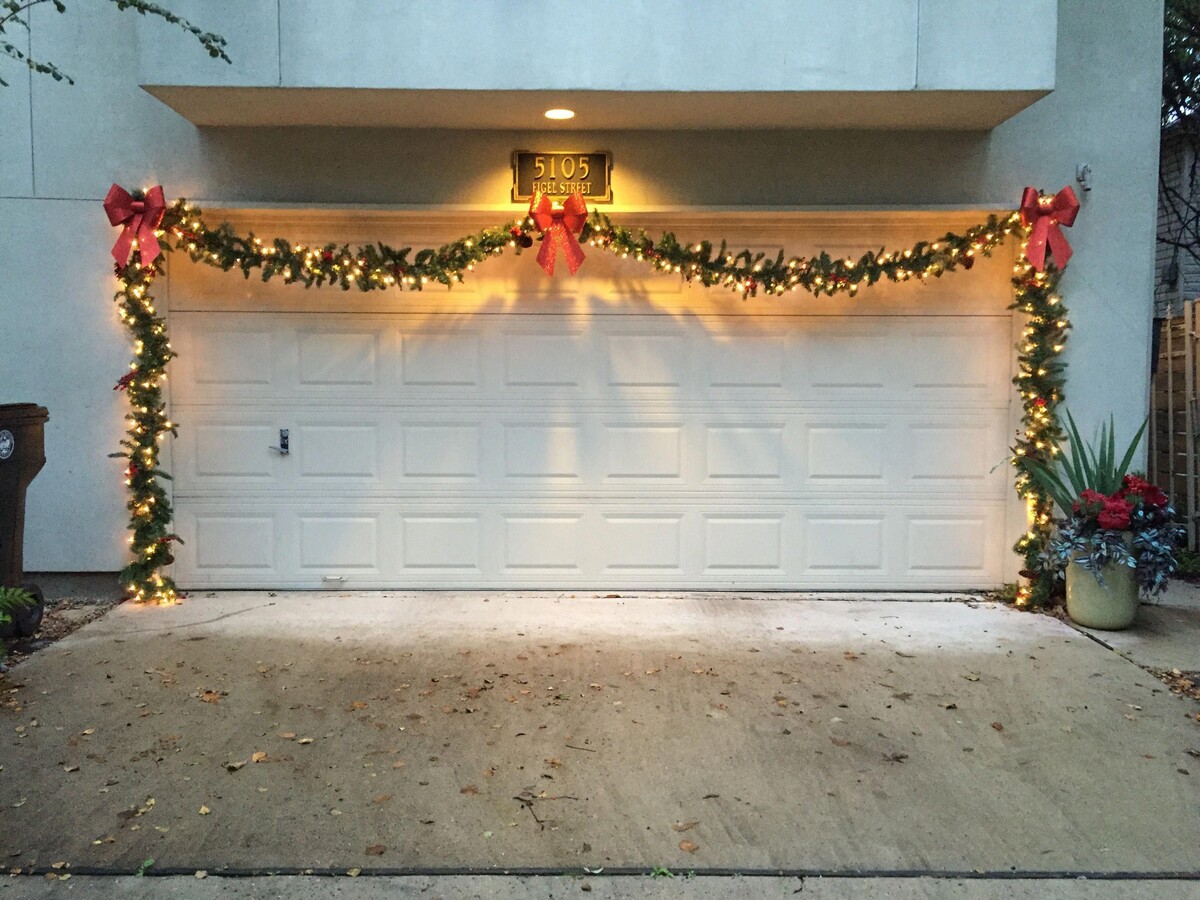
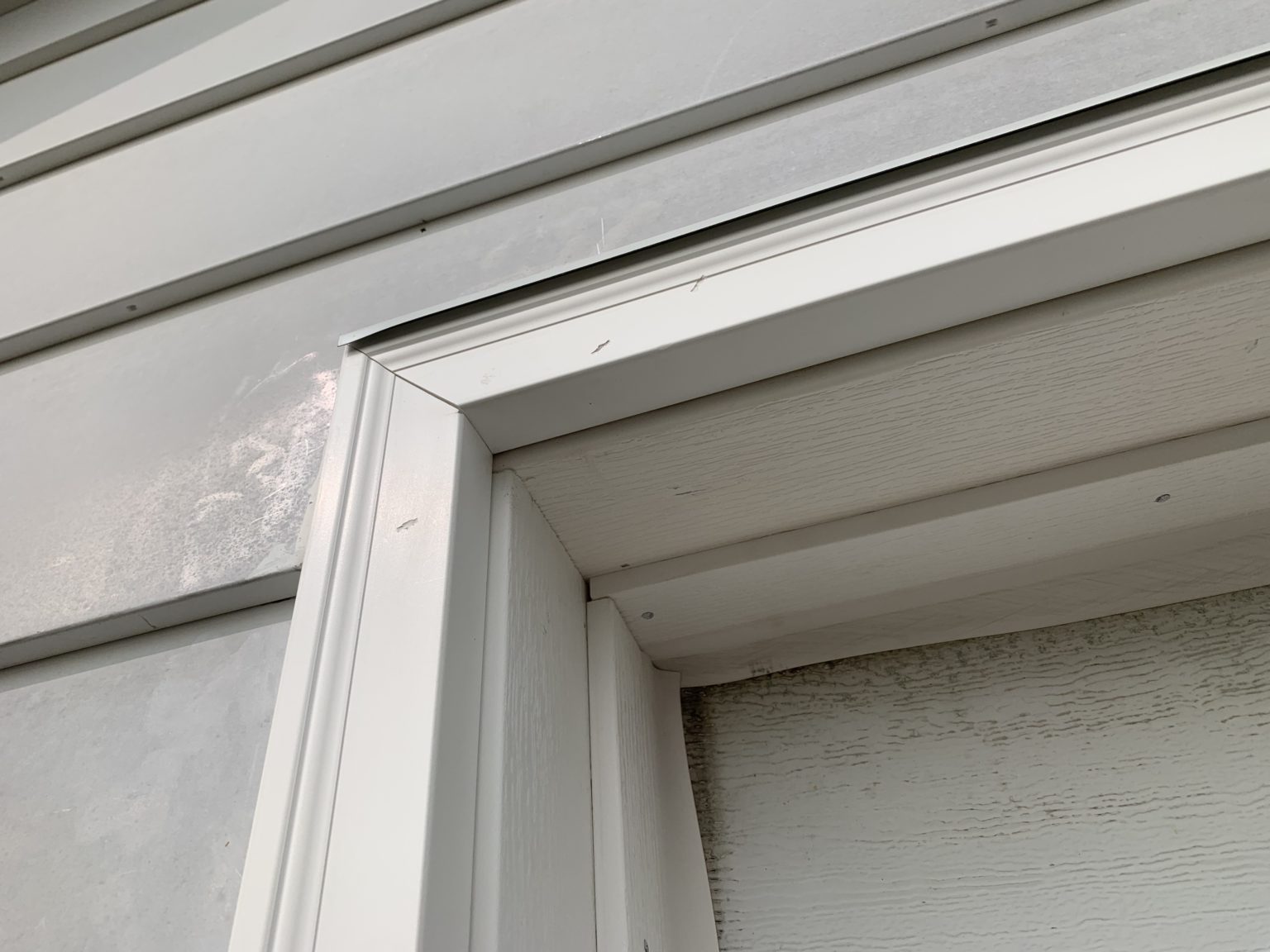
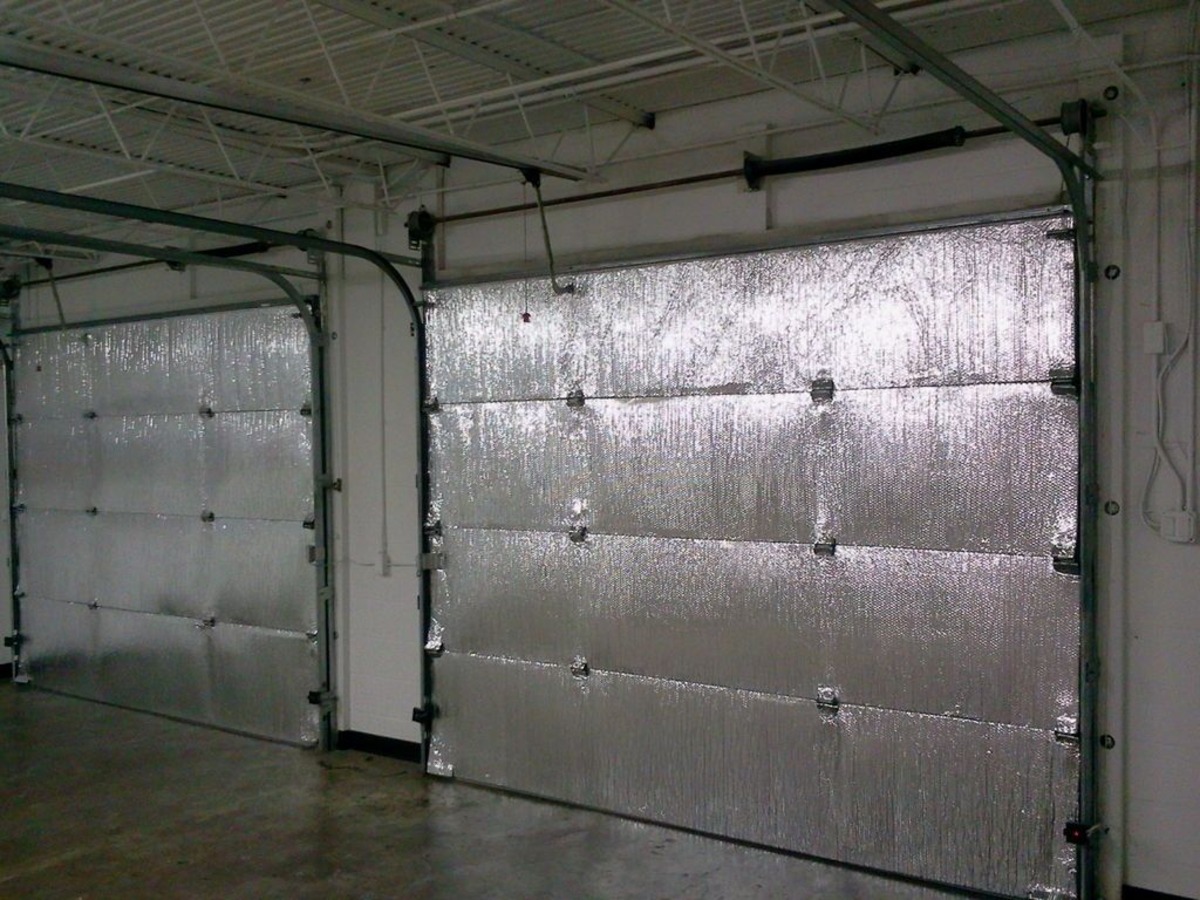
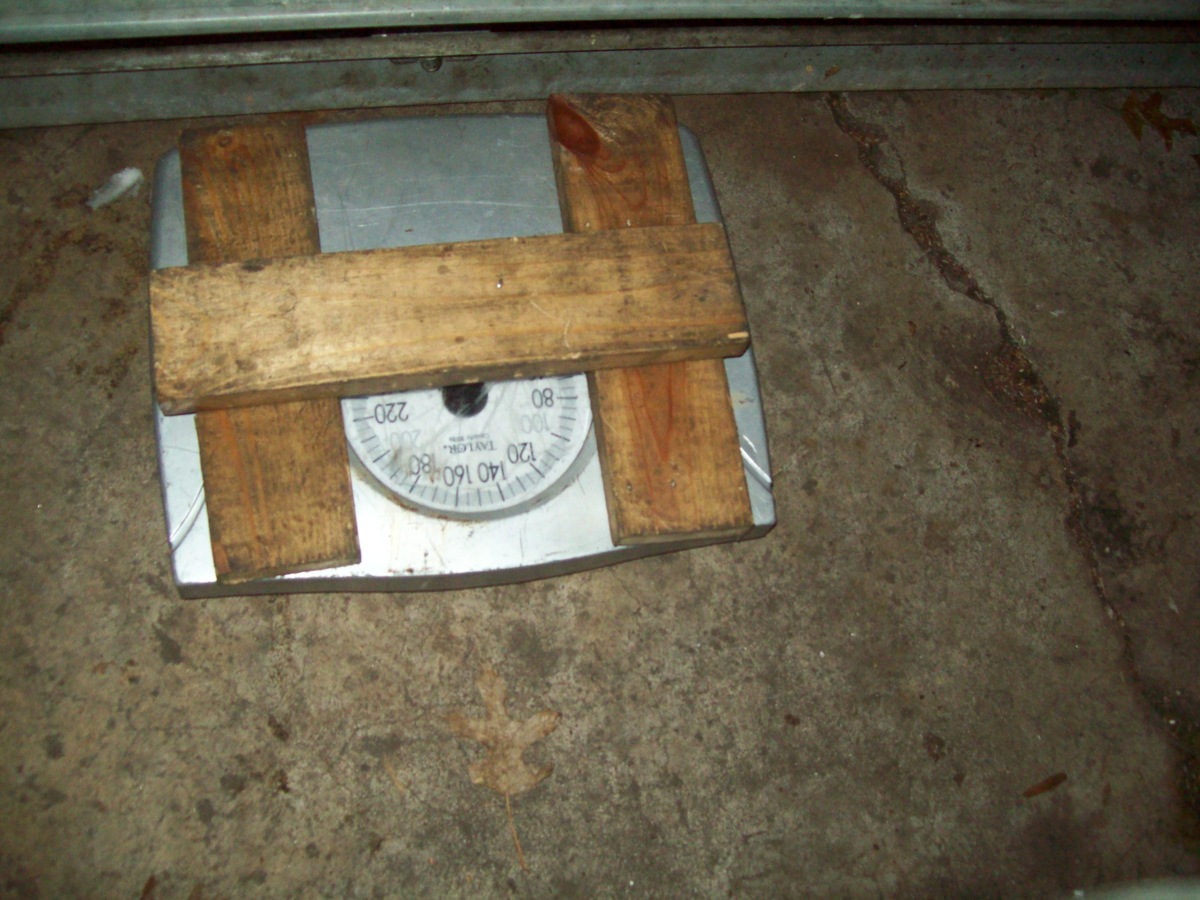
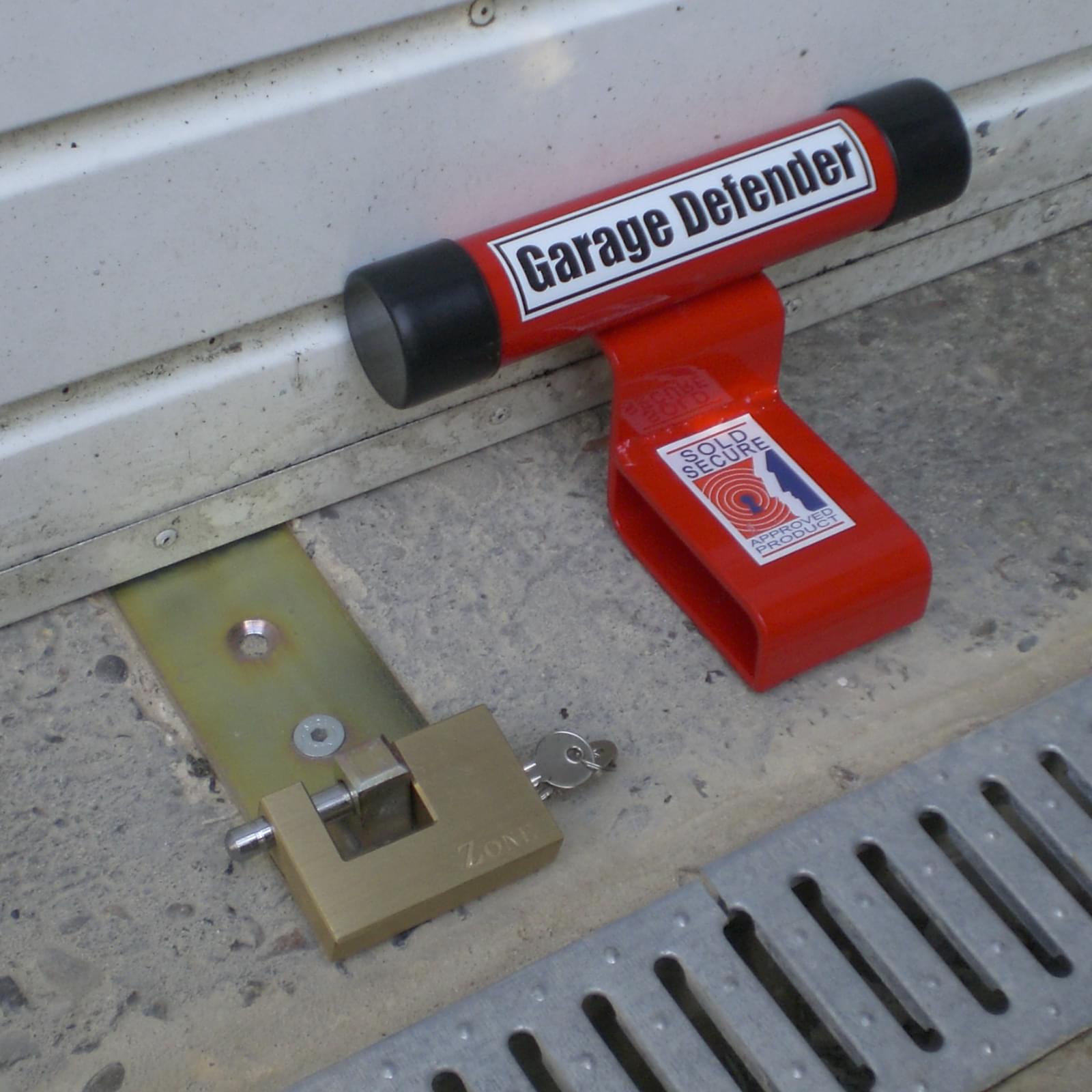
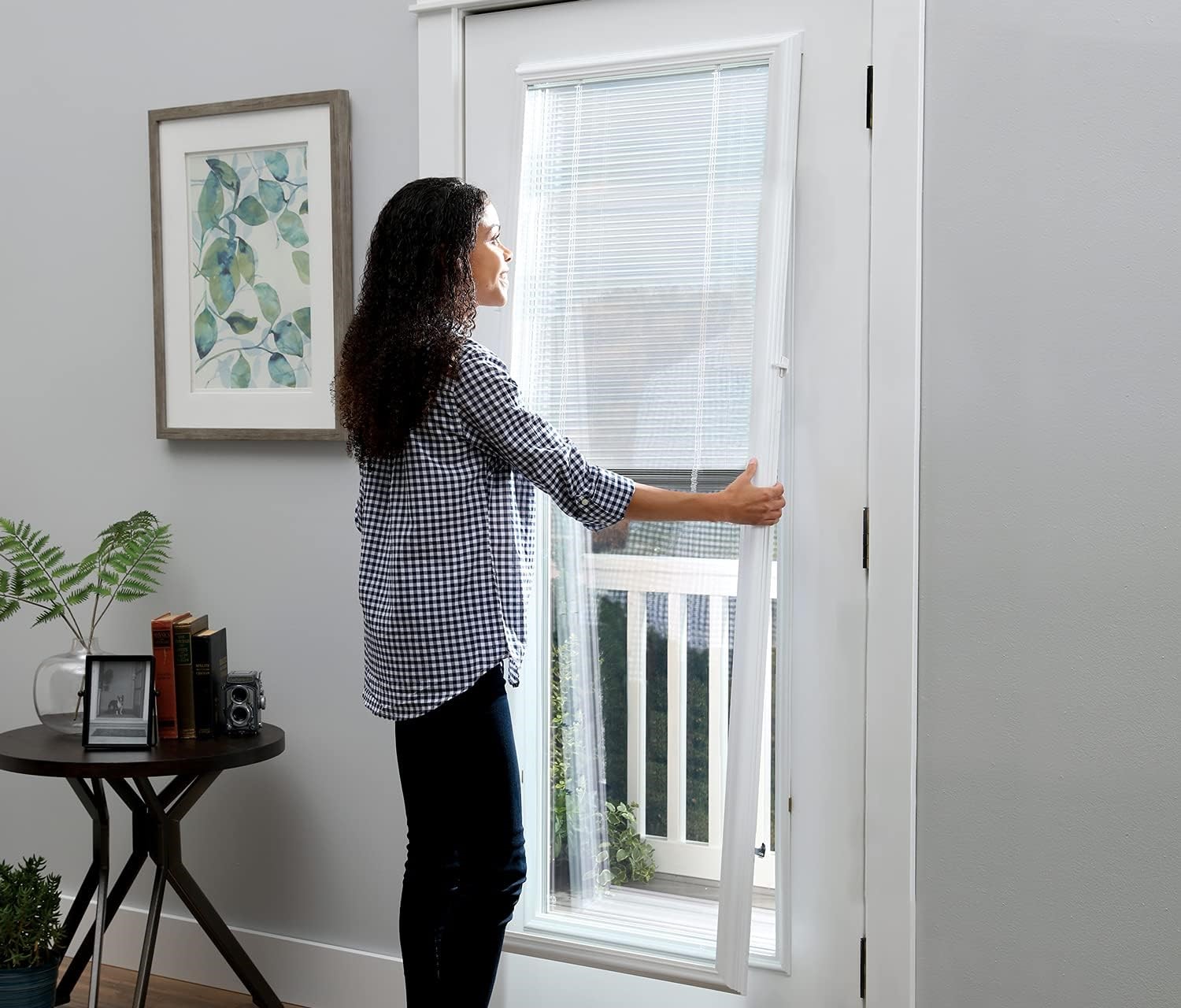

0 thoughts on “How To Measure For Garage Door”